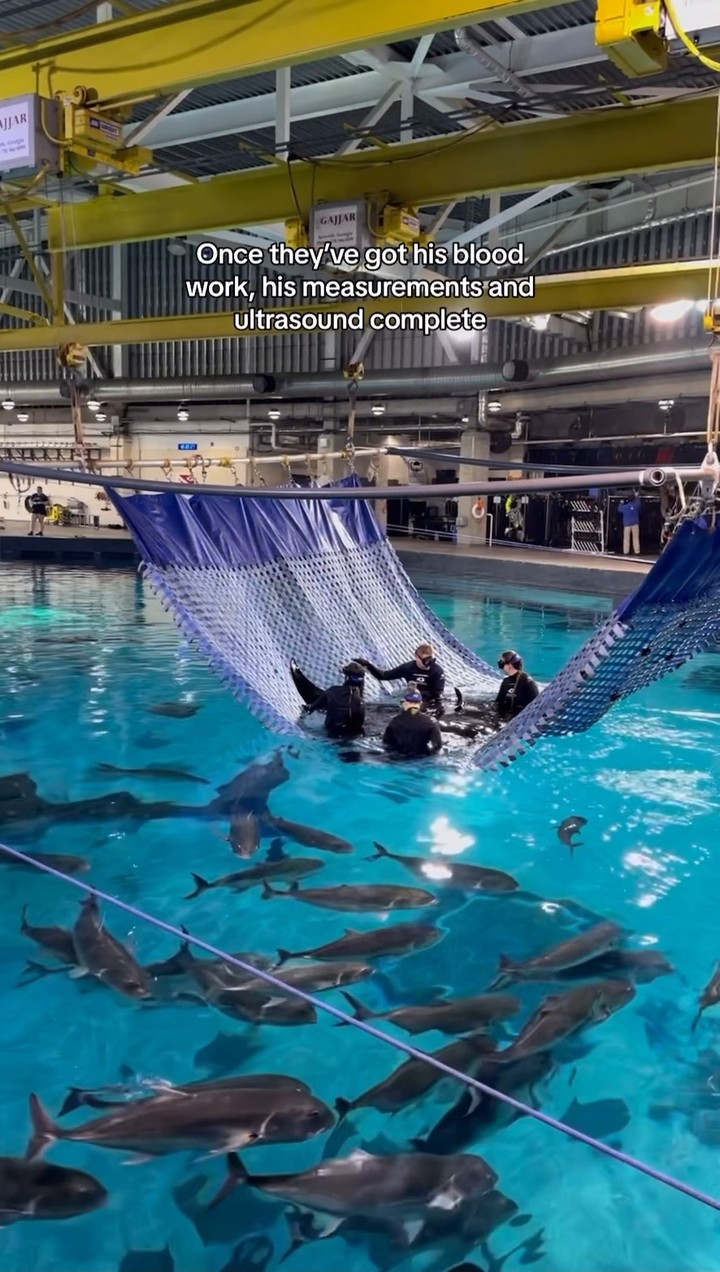– The importance of regular animal exams in zoos and wildlife conservation centers
– The process and components of a comprehensive veterinary examination for animals in captivity
– Technological advancements and their role in improving animal healthcare in zoos
– Insights into the training and expertise required for veterinarians specializing in exotic and wild animals
– Wildlife conservation efforts and the critical role of health monitoring in preserving species
Regular animal exams are a cornerstone in maintaining the health and welfare of animals in zoos and wildlife conservation centers. These thorough evaluations are essential for preemptive healthcare, monitoring for emerging health issues, and contributing to understanding a wide array of species. They provide invaluable data that can be used to enhance captive breeding programs and assist with the conservation of endangered species.
A comprehensive veterinary examination for animals in captivity includes a variety of assessments, which may cover routine physical checkups, dental evaluations, blood tests, imaging techniques like X-rays or ultrasound, and species-specific screenings. During these exams, veterinarians look for signs of illness or injury, evaluate body condition, and ensure that dietary needs are met. For instance, blood tests can reveal nutritional deficiencies, infections, or systemic health issues, while imaging can pinpoint musculoskeletal problems and other internal conditions.
Technological advancements play a pivotal role in enhancing these health assessments. Tools such as digital radiography and advanced ultrasound equipment allow for more accurate diagnostics with less stress to the animal. Non-invasive equipment also allows regular monitoring without sedation or restraint, which can be risky in some species. Wearable technology is beginning to emerge, offering real-time health tracking that can alert caretakers to changes in an animal’s vital signs or behaviors requiring attention.
Veterinarians working with exotic and wild animals require specialized training and skills. Beyond a degree in veterinary medicine, these professionals often undergo additional certifications and residencies focused on zoological medicine. Their expertise is critical, as diagnostic and treatment strategies employed in domestic animal care do not always translate to their wild counterparts. The anatomical and physiological differences, not to mention the varied behavioral responses, necessitate a unique approach to each species under their care.
Active wildlife conservation is another area that benefits significantly from routine animal exams. The data gathered establishes baseline health information crucial for species survival, especially for those classified as endangered. Health monitoring allows for the management of captive breeding programs, ensuring genetic diversity and the viability of future generations. Moreover, understanding disease prevalence and transmission within and across species is imperative in creating effective conservation strategies.
Integrating these components into wildlife care is a delicate balance of science, technology, and compassion. It’s a dynamic synergy between veterinary expertise and conservation biology, all aimed at preserving Earth’s biodiversity. Each amazing animal examination contributes to this cause, helping ensure the longevity and survival of species that captivate us all.
*****
Source Description
Another day, another amazing animal exam 💙


